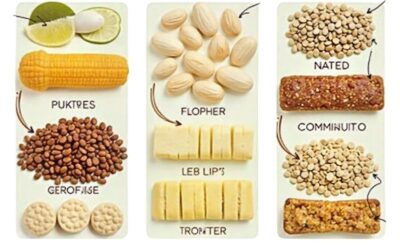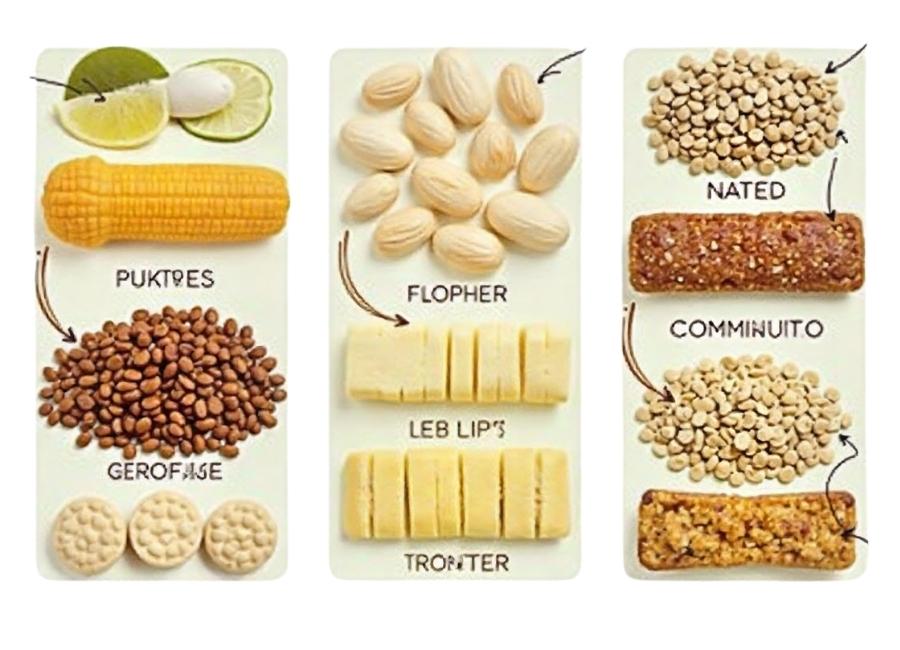Walk down any grocery aisle and you’ll spot “natural flavors” listed on countless ingredient labels. From sparkling water to snack bars, this mysterious ingredient appears in nearly everything. Yet most people have no idea what natural flavors actually contain or whether they’re truly better than their artificial counterparts.
The term “natural” creates an immediate health halo around any product. When consumers see it, they automatically assume the food is healthier, cleaner, and more wholesome. However, the reality behind natural flavors reveals a different story—one that may come as a surprise.
This comprehensive guide breaks down everything you need to know about natural flavors, from their chemical composition to potential health concerns. By the end, you’ll understand precisely what you’re eating and can make informed decisions about these ubiquitous additives.
What Are Natural Flavors?
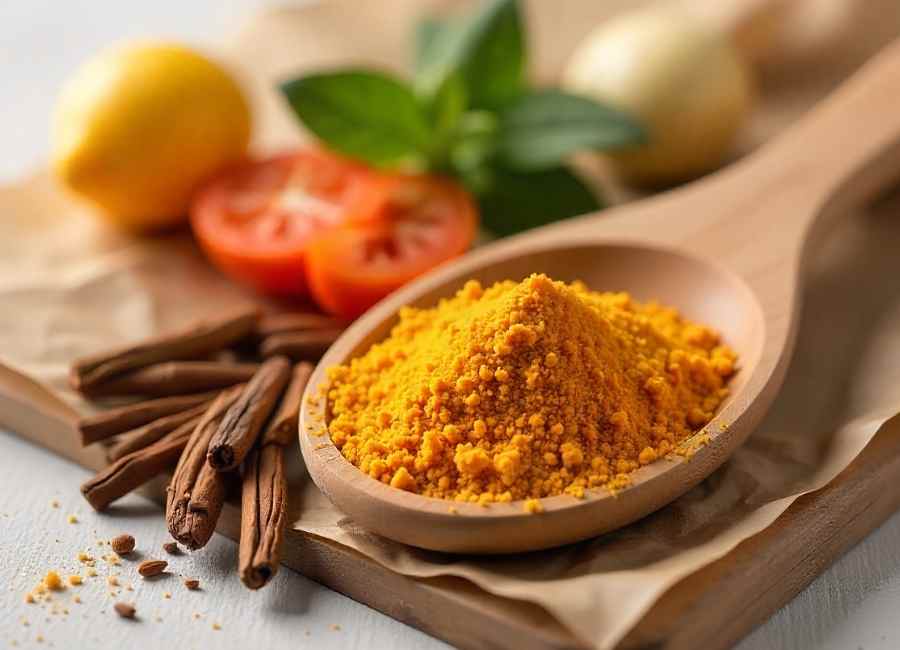
Natural flavors are chemical compounds extracted from plant or animal sources to enhance the taste of processed foods. According to the FDA’s Code of Federal Regulations, these flavoring agents must originate from specific natural sources, including:
- Spices, fruits, and vegetables (or their juices)
- Edible herbs, bark, buds, roots, and leaves
- Dairy products and fermented items
- Meat, poultry, seafood, and eggs
- Edible yeast and other plant materials
Food manufacturers extract these flavors through various methods, including heating, roasting, or using enzymes to break down the source materials. The goal isn’t to add nutritional value—it’s purely about taste enhancement.
The prevalence of natural flavors might shock you. Research indicates they’re the fourth most common ingredient found on food labels, appearing in everything from breakfast cereals to frozen dinners.
The Science Behind “Natural”
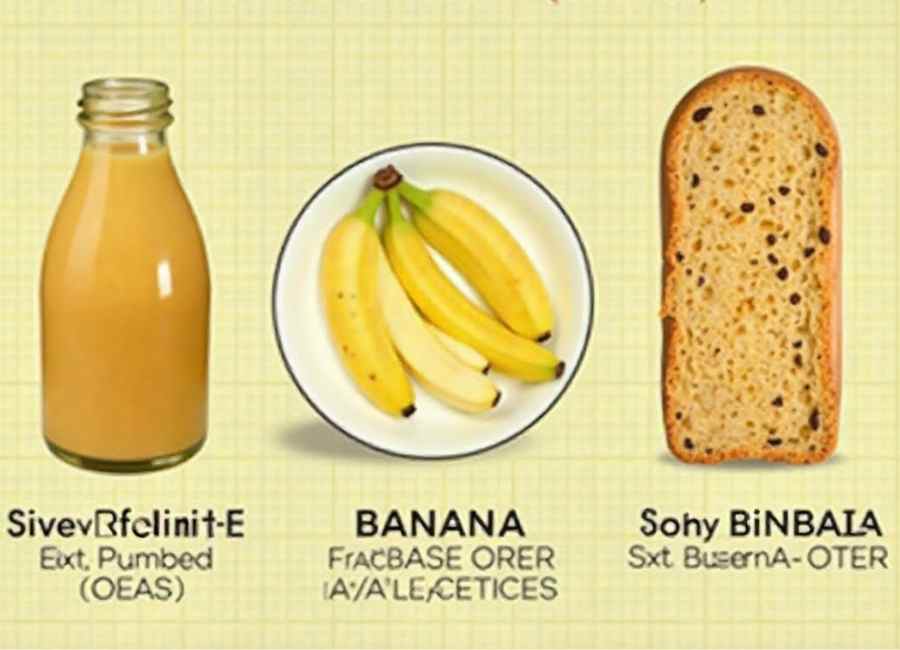
Here’s where things get complicated. While the source material must be natural, the final product often bears little resemblance to its original form. Natural flavors are complex mixtures created by specialized food chemists, known as flavorists, who combine numerous chemical compounds to achieve the desired taste.
Take banana flavoring, for example. While it starts with real bananas, the final natural banana flavor used in baked goods contains amyl acetate—a compound that’s been isolated and concentrated far beyond what you’d find in actual fruit.
The Environmental Working Group notes that natural flavor mixtures can contain more than 100 different chemicals, including preservatives, solvents, and other processing aids. These additional substances are classified as “incidental additives,” and manufacturers aren’t required to disclose their sources or even their presence on ingredient labels.
Common Natural Flavor Ingredients
Understanding what goes into natural flavors can help demystify these additives. Here are some frequently used compounds:
Citral extracts from lemongrass, lemons, and oranges contribute to the citrus flavors in beverages and candy. Benzaldehyde is derived from almonds and cinnamon oil to produce almond-like flavors and aromas.
Acetoin provides a buttery flavor, while massoia lactone delivers a coconut taste. Some natural flavors come from unexpected sources—castoreum, derived from beaver anal secretions, occasionally substitutes for vanilla (though its high cost makes this rare).
Linden ether creates honey flavors without requiring any actual honey. The list goes on, with hundreds of approved natural flavor compounds currently in use.
Natural vs. Artificial: The Surprising Truth
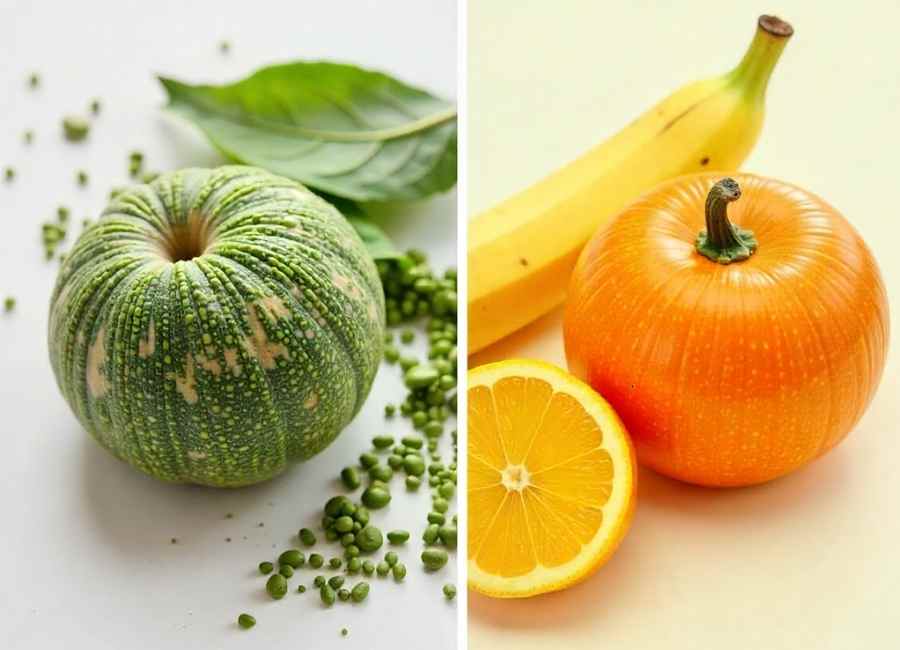
Most people assume natural flavors are healthier than artificial ones, but science tells a different story. In terms of chemical structure and composition, natural and artificial flavors are remarkably similar. The only difference lies in their source material.
Artificial flavors sometimes contain fewer chemicals than their natural counterparts. They’re also produced under strictly controlled laboratory conditions, which some safety experts argue makes them more predictable and potentially safer.
The American Council on Science and Health notes that artificial flavors undergo rigorous testing and quality control measures that may exceed those used for the extraction of natural flavors. This controlled environment reduces the risk of contamination or unexpected chemical reactions.
Cost also plays a significant role. Artificial flavors are significantly cheaper to produce, making them an attractive option for food manufacturers seeking to minimize expenses while maintaining consistent taste profiles.
Safety Considerations and Regulatory Oversight
Before any flavor—natural or artificial—can be added to food products, it must pass safety evaluations by the Flavor and Extract Manufacturers Association (FEMA) Expert Panel. This group reviews scientific data and determines whether flavoring agents meet established safety standards.
Approved flavors join the FDA’s “Generally Recognized as Safe” (GRAS) list, exempting them from further routine evaluation. International regulatory bodies, including the European Food Safety Authority, often conduct additional reviews.
However, some nutrition experts and public interest groups have criticized FEMA for not disclosing detailed safety data on natural flavors. The complexity of these flavor mixtures means that while individual components may be safe, their interactions aren’t always fully understood.
Most natural flavors are considered safe when consumed occasionally in normal amounts found in processed foods. But because these mixtures contain numerous chemicals, some individuals may experience adverse reactions.
Hidden Concerns for Special Diets
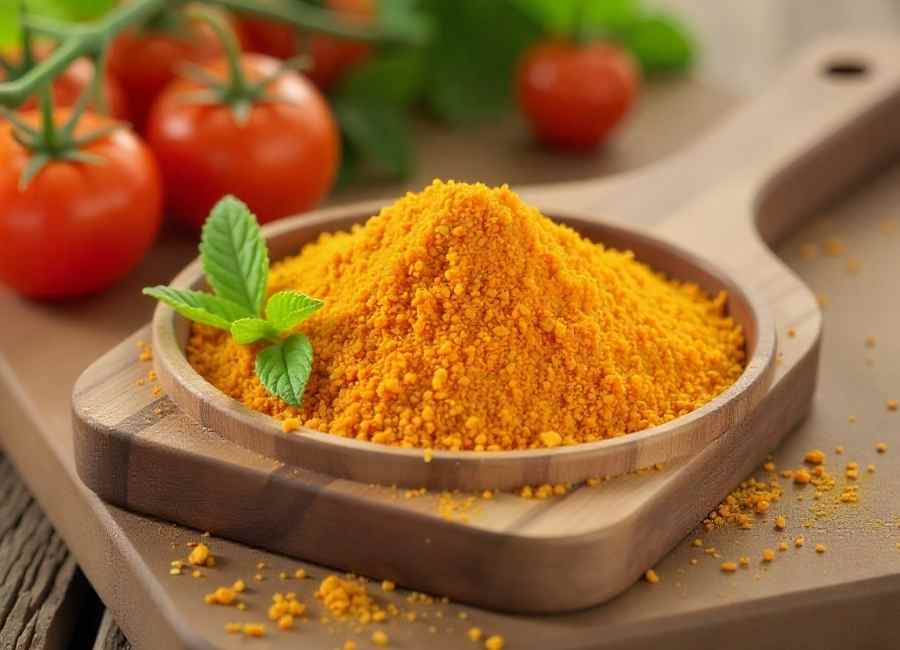
Natural flavors present unique challenges for people with dietary restrictions or food allergies. Since manufacturers only need to list “natural flavors” on ingredients labels—without specifying sources or chemical composition—consumers can’t identify potential allergens or animal-derived ingredients.
Vegetarians and vegans might unknowingly consume animal-derived natural flavors in seemingly plant-based products. Someone with a citrus allergy could react to citral-containing flavors without realizing the connection.
Additionally, natural flavors sourced from genetically modified crops can still carry the “natural” label, despite some consumers’ preferences to avoid ingredients derived from GMOs.
If you have allergies or follow specific dietary guidelines, contact manufacturers directly to learn about their natural flavor sources and compositions. While restaurants aren’t legally required to provide this information, many will share ingredient details upon request.
Making Informed Choices
The healthiest approach to natural flavors is focusing on whole, minimally processed foods whenever possible. Fresh fruits offer natural sweetness and flavor, free from added chemicals or processing aids.
When you do choose processed foods containing natural flavors, remember that these additives aren’t inherently harmful for most people. They’re not nutritionally beneficial either—they exist solely to make processed foods more appealing.
Reading ingredient lists carefully and understanding what “natural flavors” actually means empowers you to make choices aligned with your health goals and dietary preferences. Don’t let marketing terms like “natural” override your judgment about a food’s overall nutritional value.
The Bottom Line on Natural Flavors
Natural flavors aren’t the wholesome, minimally processed ingredients many consumers assume they are. Despite their natural origins, these complex chemical mixtures undergo significant processing and may contain numerous additives.
They’re generally safe for most people when consumed in moderation, but they offer no nutritional benefits. Whether you choose products with natural or artificial flavors matters less than focusing on your overall dietary pattern.
The most important takeaway? Don’t let the word “natural” on a food label influence your perception of that product’s healthfulness. Instead, evaluate foods based on their complete nutritional profile, ingredient quality, and how they fit into your overall eating pattern.
For the healthiest approach, prioritize whole foods and use processed items—regardless of their flavoring—as occasional conveniences rather than dietary staples.










